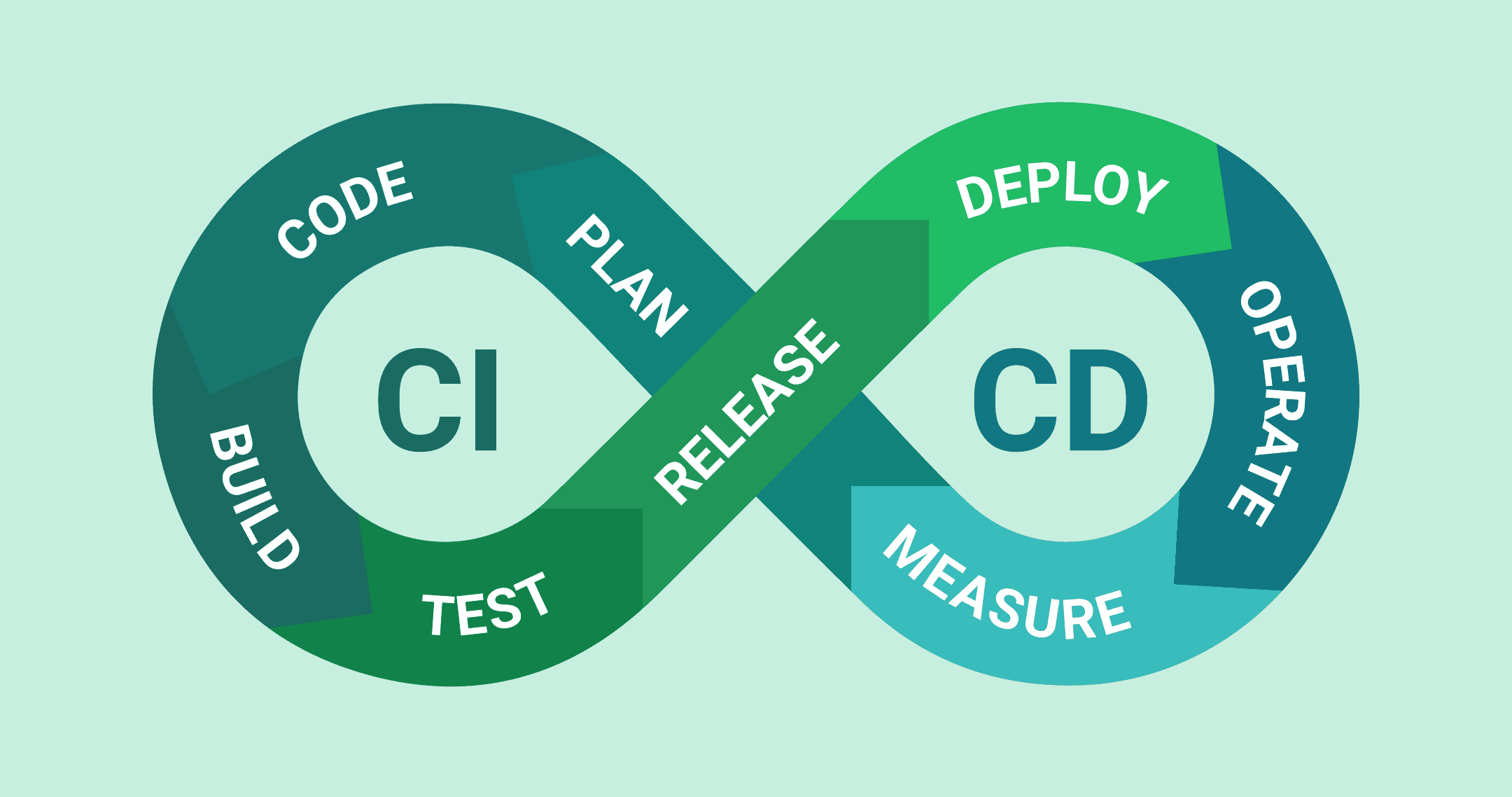CI/CD Pipeline - Topics
 Sowkhya
Sowkhya
1. What is a CI/CD pipeline?
- A CI/CD pipeline is an automated workflow that integrates and delivers code changes continuously. It consists of processes like code integration, building, testing, deployment, and delivery. The goal of CI/CD pipelines is to deliver software updates quickly, reliably, and consistently, reducing the risk of errors and improving collaboration.
2. How do you implement a CI/CD pipeline from scratch?
- Version Control: Start by ensuring the code is managed in a version control system (e.g., Git).
Build Automation: Set up build automation tools (e.g., Jenkins, GitLab CI/CD, GitHub Actions) that will compile and package your code.
Testing: Integrate automated testing for unit, integration, and acceptance tests.
Artifact Repository: Use an artifact repository (e.g., Nexus, Artifactory) for storing build artifacts.
Deployment Automation: Automate the deployment process using tools like Ansible, Docker, or Kubernetes.
Monitoring and Alerts: Set up monitoring tools to alert about issues post-deployment.
3. What are the common stages of a CI/CD pipeline?
- Source Code Control: Code commits trigger the pipeline.
Build: The code is compiled and packaged.
- Test: Automated testing, including unit, integration, and functional tests, are run.
- Release/Deploy: The code is deployed to staging or production environments.
4. How do you manage secrets in a CI/CD pipeline?
- Using secret management tools (e.g., HashiCorp Vault, AWS Secrets Manager, Azure Key Vault).
Storing secrets in environment variables or vaults outside the codebase.
Using pipeline tools’ native secret management features (e.g., Jenkins credentials store).
5. Explain the importance of automated testing in CI/CD.
- Automated testing ensures code quality by catching issues early in the pipeline, preventing faulty code from reaching production. It helps:
Maintain code consistency. Reduce human error. Accelerate feedback loops, allowing developers to fix issues faster.
Ensure that changes don’t introduce regressions.
6. How do you ensure that deployments are zero-downtime?
- Use blue-green deployments or canary releases to gradually roll out new versions while keeping the old version live.
- Leverage container orchestration platforms like Kubernetes, which can manage rolling updates. Ensure that the database schema and application logic are backward-compatible during updates.
- Implement load balancers to route traffic between old and new versions.
8. How do you handle rollbacks in CI/CD?
- Versioning Artifacts: Store previous builds and redeploy an older version in case of failure.
- Blue-Green Deployments: Switch back to the old version if the new version fails.
- Database Migrations: Use reversible migrations to ensure that changes can be rolled back easily.
- Monitoring and Alerts: Integrate automated rollback triggers based on predefined metrics or errors.
Subscribe to my newsletter
Read articles from Sowkhya directly inside your inbox. Subscribe to the newsletter, and don't miss out.
Written by

Sowkhya
Sowkhya
Highly Enthusiastic and Motivated Software Engineer with Hands on Experience/Knowledge in Requirement Gathering ,Developing and Testing an application. Experience in automating, optimizing, streamlining deployment and release processes.